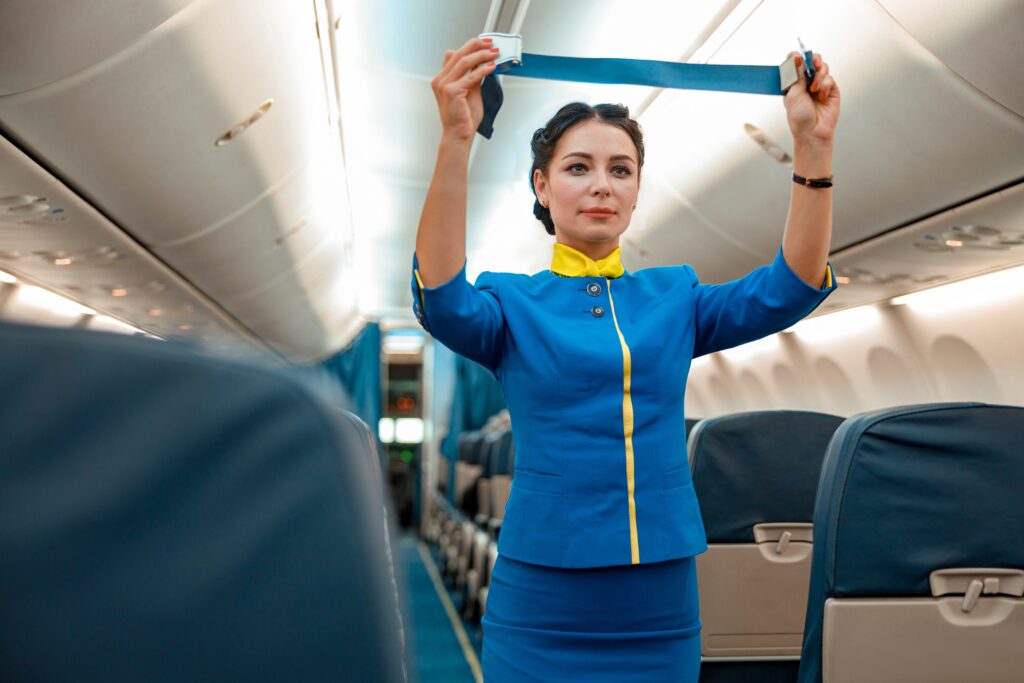Frequent flyers are no strangers to the sudden jolt of turbulence mid-flight, but recent events have put a spotlight on this common yet potentially dangerous phenomenon.
A death on a Singapore Airlines flight from London last month has intensified the conversation, as turbulence incidents appear to be on the rise.
During the flight, passengers were violently shaken, leading to a heart attack and subsequent death of one passenger. This was the first turbulence-related fatality in 23 years, despite 2023 being recorded as the safest year for air travel with no fatal accidents involving passenger jets.
Just days after the incident, a Qatar Airways flight to Dublin experienced severe turbulence over Turkey, resulting in injuries to 12 passengers. Airlines are unsure if this increase in turbulence is due to erratic weather patterns or the 70% rise in flight numbers over the past two decades.
At the recent International Air Transport Association (IATA) meeting in Dubai, turbulence was a major topic alongside carbon emissions. Sir Tim Clark, president of Emirates, hinted that stricter measures might be needed to ensure passengers remain seated and strapped in throughout flights.
“Let’s be quite honest. If you haven’t got people strapped in, in some of the clear air turbulence interjections, it’s a real risk. The whole industry is now upping the game with regard to making sure the passengers are strapped in,” said Sir Tim.
Speculation arose that airlines might adopt formal rules requiring passengers to keep their seat belts fastened at all times. However, IATA quickly clarified that there are no plans to make this mandatory, reiterating the longstanding recommendation for passengers to fasten seat belts when seated.
Nick Careen, IATA’s safety chief, shared his personal practice of keeping his seatbelt on during flights, a simple measure he believes enhances safety without additional resources. This approach is already common in the US, where pilots on short flights often keep the seat belt sign on throughout the journey if turbulence is anticipated.
Despite this, the practicality of enforcing such measures on flights with eager passengers, such as those bound for holiday destinations, remains questionable. Willie Walsh, IATA’s director general, acknowledged that turbulence is not a new challenge but emphasized the need to understand recent events to see if further actions are necessary.
Turbulence can be encountered in two main forms: the well-understood turbulence in clouds, especially thunderstorms, and the more problematic clear air turbulence, which strikes unexpectedly in cloudless skies. This latter type is often encountered along mountain ranges or due to jet streams in the upper atmosphere.
The recent Singapore Airlines incident involved a Boeing 777 encountering an updraft, causing severe gravitational swings that led to the death and multiple injuries. The pilots had little warning, as the seatbelt signs were not initially illuminated.
Data on turbulence-related injuries is limited, but the US Federal Aviation Administration reported 163 injuries over a decade, mostly affecting cabin crew. Emirates has noted an increase in turbulence incidents, possibly linked to climate change or the higher number of flights.
The IATA’s Turbulence Aware initiative, launched in 2018, aims to provide real-time information on turbulence, though only 21 out of 330 member airlines have signed up so far. There is growing interest in using artificial intelligence to predict turbulence based on weather patterns and jet stream analysis.
As the industry seeks to balance safety with passenger comfort, the frequency of mid-flight seat belt warnings is likely to increase. For now, passengers are encouraged to keep their seat belts fastened whenever seated, echoing the sentiment that seat belts save lives, whether on the road or in the air.

